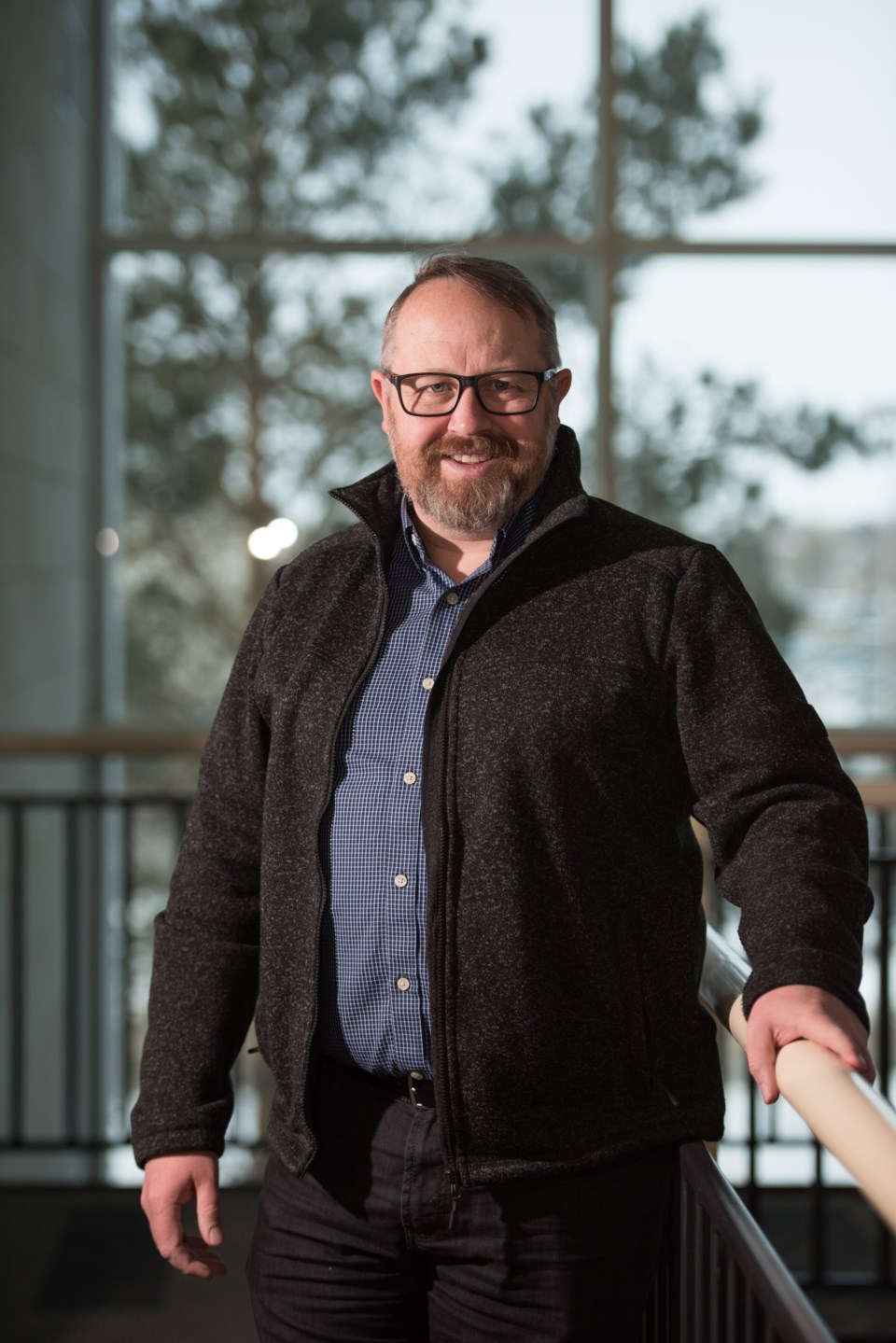Regina – At times, it has looked like Saskatchewan’s leading stance in the geologic storage of carbon dioxide, as well as its implementation in enhanced oil recovery (EOR), wasn’t gaining much traction worldwide. But that may be changing.
In late February-early March, Sinopec, one of China’s national oil companies, sent a large delegation to Saskatchewan for two weeks to learn about what we are doing here (see related story Page A2).
But south of border, there may be some impetus to pursue this strategy as well. And if similar strategies were adopted here, it could have impacts in southeast Saskatchewan.
Erik Nickel and Norm Sacuta of the Petroleum Technology Research Centre (PTRC) in Regina spoke to Pipeline News on Feb. 8.
Sacuta, who handles communications with the PTRC, noted that recent changes in American law, specifically one called 45Q, are having significant implications south of the border. Those changes, brought in under President Donald Trump’s major tax reform, involve credits of $30 per tonne for carbon dioxide used in enhanced oil recovery.
As such, there’s a new term С����Ƶ used these days. Carbon capture and storage (CCS) is now С����Ƶ referred to in some circles as carbon capture, utilization and storage (CCUS). Those tax changes may have profound impact on the viability of using carbon dioxide in EOR schemes, and could revive projects that have stalled.
So what’s the future of CO2-EOR?
“The future is very much up to government and government policy,” said Erik Nickel, director of operations, with the Regina-based Petroleum Technology Research Centre. He’s been working with CO2 since 1999, when he worked on characterizing the Weyburn Unit. He did his masters degree on it.
“If CO2 is deemed an effective mitigation strategy for greenhouse gases, the sky’s the limit. Personally, from a research standpoint, I think we’ve done a lot of work to prove that it is a viable mitigation technique. What we are looking for is uptake from governments to put in place things like 45Q or other incentives to utilize CO2.”
If something like 45Q was implemented in Canada, Nickel thinks we could see the implantation of CCS on the Shand Power Station and other coal-fired power plants, and the building of a CO2 trunk line throughout southeast Saskatchewan, with a ramp-up of CO2 injection in a lot of the Mississippian oilfields in the region.
“As it stands, Weyburn has proven it is an effective technique, not only for EOR, but for mitigation,” he said.
Much of those Mississippian oilfields can literally be seen from the top of the Shand smokestack, that’s how close they are to the potential CO2 source. Nickel, who is a professional geologist by trade, said that the Steelman field is an obvious candidate, but it could be used along that trend into the Pinto field. The Bakken, with known low recovery rates, could also potentially benefit. Waterflood and methane re-injections are С����Ƶ used in the Bakken. Based on preliminary studies, CO2 looks promising.
As a producing field, Nickel noted, “The Bakken didn’t even exist when Weyburn was first coming online in 2000. Nobody was talking about the Bakken at that time.
“What can’t be understated is the amount of preparation it would take. It’s not like you could take CO2 out of Shand and then boom! There’s pipelines and boom! Everybody’s using it. There’s a lead time. What these companies have to do to de-risk it is pilot studies, to ensure the CO2 will work. They’re not going to spend $2 billion on something that will probably work. They’ve got to know that it’s going to work.
“What the PTRC can do is help them de-risk those assets, with planning and pilot studies.
“It’s not something that would happen overnight, but when we look back 20 years from now, it could be huge,” Nickel said.
At the 2018 Williston Basin Conference, North Dakota’s governor boldly predicted that his state would reach 2 million barrels per day of oil production, up from the 1.2 million bpd at the time (a year later, the state has now reached 1.4 million bpd). He said they would reach 2 million bpd that by utilizing every CO2 source possible from lignite coal production in the state, and North Dakota could even become a CO2 importer.
Nickel said, “Once they start having to write the cheques to put the capture on these plants, that’s where the rubber meets the road. Saskatchewan is one of the few jurisdictions that had the guts to actually do it. To me, that’s incredibly impressive that we were able to complete this. Of course, there’s going to be controversy and naysayers over what is one of the first of its kind in the world – a lignite coal plant with post-combustion capture. They just don’t exist. If it was to happen on Shand, we could very well see a CO2 economy in Saskatchewan develop. Not overnight, but whereby CO2 is priced at a rate where oil production makes sense and mutually beneficial.”
He noted that coal, in Saskatchewan, is very low cost, and while natural gas may be cheap right now, it may not always be that way.
“I think we have a really ideal setup, in southeast Saskatchewan, where we can build this out as an example of larger scale CCS,” Nickel said.




